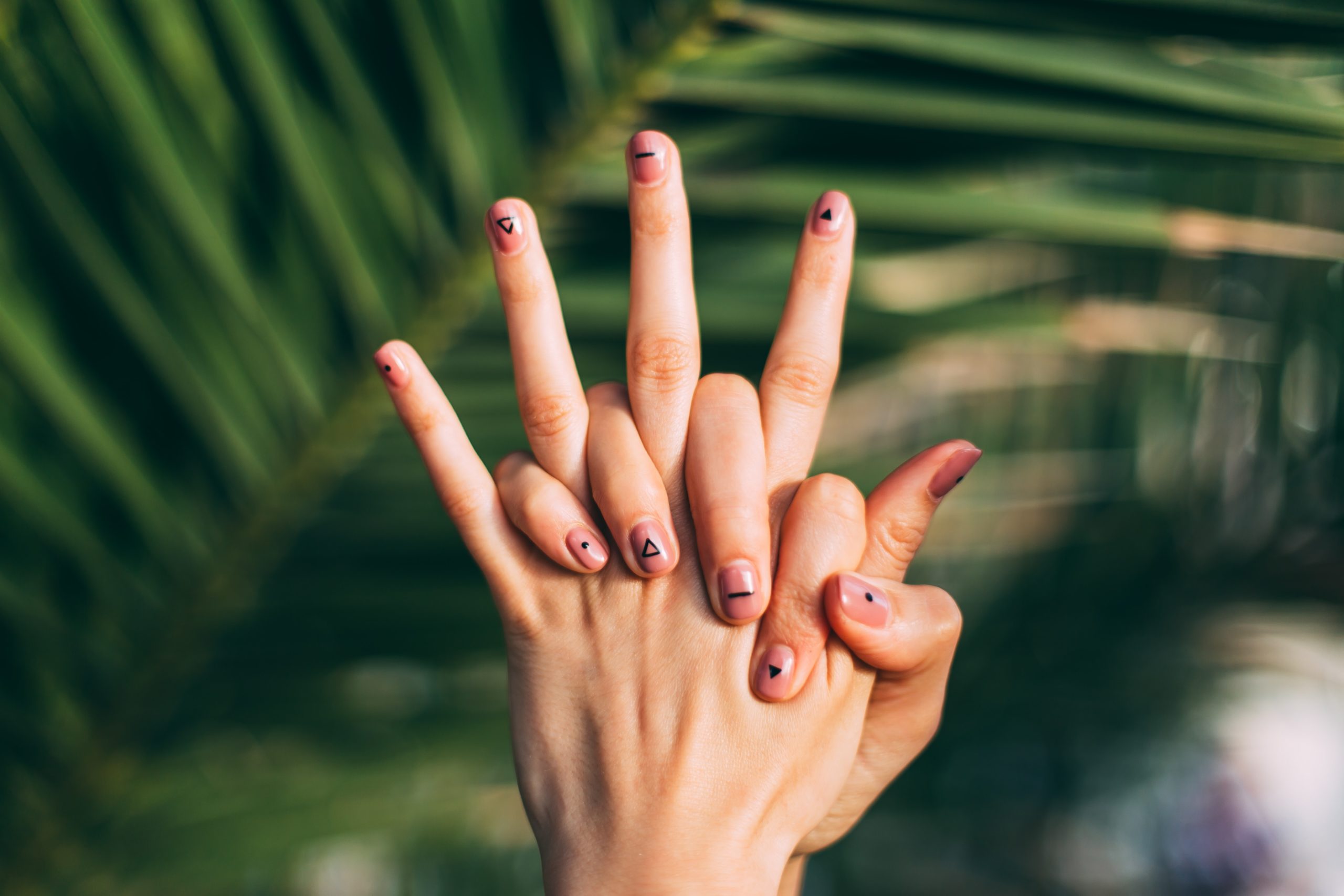What if your back pain or scorching headache could be relieved with the push of button? Well, it can, but instead of a button, it is a spot on your body. These spots, known as reflex points, correspond to specific organs, glands or muscles, which can be relaxed by a light poke of a finger.
Reflexology, a non-invasive technique, applies a moderate pressure to specific reflex points to stimulate nerve endings to communicate feelings of well-being, according to Lylly Rodriguez, a nationally certified massage therapist and reflexologist. Even though this form of alternative medicine is not scientifically supported, she said after a session her clients report many health benefits ranging from stress and anxiety relief to reduced pain and inflammation.
Even though a reflexology session may feel like a massage, Rodriguez said the two practices have different techniques. While both promote relaxation, a massage focuses on entire muscle groups and the depth of the pressure, while reflexology focuses on specific points and organs, she said. “In reflexology, it is not how deep you go, but to connect in the proper way with the point,” she said.
Anyone can try reflexology — even babies. Rodriguez said the practice is especially beneficial to people who are undergoing chemotherapy, radiation or surgery since it allows them to experience feelings of a massage without the forceful pressure. It can relieve a variety of pains ranging from migraines, indigestion, circulation, plantar fasciitis and carpal tunnel syndrome. Most of the reflex points are located in the hands and the feet, while some are in the face and ears. Rodriguez said these are different than pressure points, which run the length of the body and focus on deep rather than light pressures to contract and relax an inflamed muscle.
Although Rodriguez recommends receiving reflexology treatments by a certified professional to achieve the best results, this practice can be done from home. There is a reflexology map, she said, which outlines each point and its effect. For those undergoing professional treatments, she recommends taking a session at least once every three weeks to build muscle memory. “By building up muscle memory, the body keeps remembering what feeling well is all about,” she said.
Some general reflexology sessions will trigger all of the reflex points, while some people seek specific points for pressure and pain relief. For example, pinching a point on the plantar side of the big toe connects directly to the pituitary gland, which provides relaxation, reduces anxiety and helps with insomnia. “It is such a powerful resource,” she said. “It is very detoxing, and it leaves the client feeling in a good state of well-being.”
It is important to note that reflexology should not be used in lieu of medical treatment, but can result in helpful and relaxing health benefits. “This is not medicine,” said Rodriguez. “But it is very resourceful for the healing process of the body and the human being. We don’t prescribe or diagnose.”
Related Articles:
Kettlebell Exercises for Everyone

